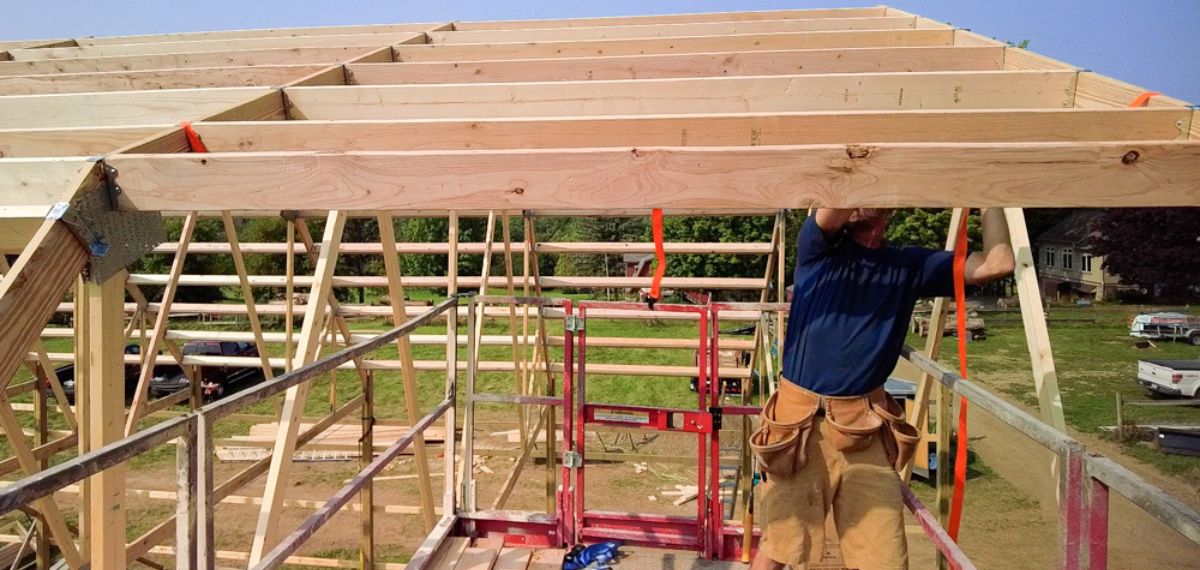

Articles
What Is A Roof Purlin
Modified: May 6, 2024
Discover the benefits of using roof purlins in this informative article. Understand how roof purlins contribute to the structural integrity and longevity of your roof.
(Many of the links in this article redirect to a specific reviewed product. Your purchase of these products through affiliate links helps to generate commission for Storables.com, at no extra cost. Learn more)
Introduction
Welcome to the world of roofing construction, where every component plays a crucial role in ensuring the stability and durability of a building’s roof. One such component is the roof purlin, an essential part of the roofing system that provides structural support and strength to the roof.
A roof purlin is a horizontal structural member that spans between the rafters or trusses of a roof. It acts as a support system for the roof covering, helping to distribute the weight of the roof evenly and transfer it to the load-bearing walls or columns. Roof purlins are typically made of wood, steel, or aluminum and are strategically placed to provide additional support and bracing to the roof structure.
Roof purlins are available in various types, designs, and materials, each serving specific purposes and offering unique advantages. They are used in both residential and commercial construction projects, providing stability and strength to roofs of different shapes, sizes, and complexities.
In this article, we will explore the different types of roof purlins, their advantages, the role they play in construction, the installation process, common materials used, design considerations, and maintenance and repair guidelines. Whether you are a homeowner looking to understand more about your roof’s structural components or a construction professional curious about the intricacies of roof purlins, this article will provide you with valuable insights.
So, let’s delve deeper into the world of roof purlins and uncover the secrets behind their importance in ensuring a robust and reliable roofing system.
Key Takeaways:
- Roof purlins are essential for providing structural support, stability, and load distribution in roofing systems. Understanding their types, advantages, and installation process is crucial for creating durable and reliable roofs.
- Regular maintenance, timely repairs, and proper installation techniques are vital for ensuring the longevity and optimal performance of roof purlins. Consulting with professionals and following safety precautions are key to creating robust and long-lasting roofing structures.
Read more: What Are Purlins In Construction
Definition of Roof Purlin
A roof purlin is a horizontal structural member that serves to support the load of the roof covering, such as roofing sheets, tiles, or shingles. It is positioned between the rafters or trusses of a roof to provide additional stability and strength to the roof structure. The primary function of a roof purlin is to distribute the weight of the roof evenly and transfer it to the load-bearing walls or columns.
Roof purlins are typically made of wood, steel, or aluminum, depending on the specific requirements of the construction project. Each material offers its own set of advantages and considerations in terms of strength, durability, cost, and compatibility with the roofing system.
Wooden roof purlins have been widely used in traditional construction due to their availability, ease of installation, and cost-effectiveness. However, they may require regular maintenance to prevent issues such as rot, decay, or insect infestation. Steel and aluminum roof purlins, on the other hand, are known for their durability, strength, and resistance to weathering and pests. They are often used in commercial or industrial construction projects where robustness and longevity are paramount.
The placement and arrangement of roof purlins depend on various factors, including the span of the roof, the load it needs to support, and the design requirements. In some cases, multiple purlins may be installed side by side for increased load-bearing capacity and to minimize deflection or sagging of the roof. The size, shape, and spacing of the purlins are determined by engineering calculations, taking into account factors such as the weight of the roof material, wind loads, snow loads, and seismic activity.
Roof purlins play a crucial role in ensuring the structural integrity and performance of the roof. By providing additional support and bracing, they help to reduce the stress on the roof structure and prevent issues such as sagging, cracking, or collapse. They also contribute to the overall stability of the building, enhancing its resistance to external forces such as wind, snow, or seismic activity.
In the next section, we will explore the various types of roof purlins commonly used in construction, each offering specific advantages and considerations. Stay tuned!
Types of Roof Purlins
Roof purlins come in a variety of types, each designed to meet specific structural requirements and project specifications. The choice of roof purlin type depends on factors such as the roof span, load-bearing capacity, budget, and the desired aesthetic. Let’s explore some common types of roof purlins:
- Wooden Purlins: Wooden purlins have been used for centuries and are still popular in residential construction. They are typically made of solid timber, such as treated pine or cedar, and provide good strength and flexibility. Wooden purlins are relatively easy to install and can be customized to fit the desired roof design.
- Steel Purlins: Steel purlins are widely used in commercial and industrial construction due to their strength, durability, and load-bearing capacity. They are made of cold-formed galvanized steel, which provides excellent resistance to corrosion. Steel purlins are available in various shapes, including C-shaped (C-purlins) and Z-shaped (Z-purlins) profiles, offering versatility in structural design.
- Aluminum Purlins: Aluminum purlins are lightweight, corrosion-resistant, and offer excellent durability. They are commonly used in coastal areas or buildings requiring a lightweight roofing system. Aluminum purlins are easy to handle and install, making them a popular choice for residential and commercial applications.
- Composite Purlins: Composite purlins are a combination of different materials, such as steel and wood. They offer a balance between strength, cost-effectiveness, and ease of installation. Composite purlins are designed to maximize load-bearing capacity while minimizing material and labor costs.
- Fiberglass Purlins: Fiberglass is lightweight, non-corrosive, and has high tensile strength, making it an excellent choice for roof purlins. Fiberglass purlins are commonly used in applications where moisture resistance and longevity are critical, such as agricultural buildings or areas prone to harsh weather conditions.
The choice of roof purlin type depends on various factors, including the specific requirements of the project, local building codes, and the recommendations of structural engineers. It is essential to consult with professionals to determine the most suitable purlin type for your construction project.
In the next section, let’s explore the advantages of using roof purlins in the construction of roofs and how they contribute to the overall performance and longevity of the building. Keep reading!
Advantages of Using Roof Purlins
Roof purlins offer several advantages in the construction of roofs, contributing to the overall strength, stability, and longevity of the building. Let’s explore some of the key advantages of using roof purlins:
- Enhanced Structural Support: Roof purlins provide additional structural support to the roof, distributing the weight evenly and reducing the stress on the roof structure. This helps prevent issues such as sagging, cracking, or collapse, ensuring the integrity of the roofing system.
- Increased Load-Bearing Capacity: By adding roof purlins, the load-bearing capacity of the roof structure is significantly increased. This allows for the installation of heavier roofing materials, such as tiles or metal sheets, without compromising the structural integrity of the roof.
- Improved Stability: Roof purlins enhance the stability of the roof, especially in areas prone to high winds or seismic activity. By providing additional bracing, they help to minimize deflection and improve the overall resistance of the roof system against external forces.
- Flexible Design Options: Roof purlins offer flexibility in the design of the roof structure. They can be customized to fit various roof shapes and sizes, allowing for creative architectural designs and unique roof configurations.
- Cost-Effective Solution: Roof purlins can be a cost-effective solution in comparison to traditional roof framing methods. They require less material and labor compared to other structural elements and provide efficient support, making them an economical choice for construction projects.
- Easy Installation: Roof purlins are relatively easy to install, saving time and effort during the construction process. They can be quickly positioned and secured between the rafters or trusses, allowing for faster completion of the roof structure.
- Compatibility with Various Roofing Materials: Roof purlins are compatible with a wide range of roofing materials, including metal, tiles, shingles, or composite materials. This versatility allows for the use of different roofing options, depending on the aesthetic and functional requirements of the building.
Overall, roof purlins offer numerous advantages in terms of structural support, load-bearing capacity, stability, design flexibility, cost-effectiveness, and ease of installation. They play a crucial role in ensuring the integrity and longevity of the roofing system.
In the next section, we will dive deeper into the role of roof purlins in construction and how they contribute to the overall performance of the building. Stay tuned!
Role of Roof Purlins in Construction
Roof purlins play a vital role in the construction of roofs, providing structural support and stability to the entire roofing system. Let’s explore the key roles that roof purlins fulfill in construction:
1. Load Distribution: One of the primary functions of roof purlins is to distribute the weight of the roof evenly. They help transfer the load from the roofing material to the load-bearing walls or columns, preventing excessive stress on the roof structure. By evenly distributing the load, roof purlins mitigate the risk of structural failure due to excessive weight or concentrated loads.
2. Structural Support: Roof purlins offer additional support to the roof structure, enhancing its strength and stability. They serve as horizontal beams, spanning between the rafters or trusses, and help to resist the forces acting upon the roof, such as gravity, wind, and seismic loads. By providing structural support, roof purlins minimize deflection and improve the overall performance of the roofing system.
3. Bracing: In addition to load distribution and structural support, roof purlins contribute to the overall bracing of the roof. They help to resist lateral forces, such as wind or seismic loads, by providing additional stability to the roof structure. Properly braced roofs are less susceptible to damage or failure during extreme weather conditions, ensuring the safety and longevity of the building.
4. Spanning Capability: Roof purlins increase the spanning capability of the roof structure, allowing for larger roof areas without the need for additional support columns or walls. This opens up the possibilities for broader, open floor plans and architectural designs. By spanning longer distances, roof purlins help to create more flexible and versatile spaces within the building.
5. Compatibility with Roofing Materials: Roof purlins are compatible with various roofing materials, such as metal, tiles, shingles, or composite materials. This versatility allows for the use of different roofing options depending on the aesthetic, thermal, and functional requirements of the building. Roof purlins provide a solid base for the proper installation and performance of the chosen roofing material.
6. Flexibility in Design: Roof purlins offer design flexibility, enabling architects and designers to create roofs with various shapes, slopes, and configurations. They can be placed and spaced according to the specific load-bearing requirements of the project, allowing for customization and optimization of the roof structure.
Overall, the role of roof purlins in construction is multidimensional, encompassing load distribution, structural support, bracing, spanning capability, compatibility with roofing materials, and design flexibility. By fulfilling these crucial roles, roof purlins contribute greatly to the overall strength, stability, and performance of the roofing system.
In the next section, we will explore the installation process of roof purlins, providing insights into the steps involved and best practices to ensure a successful installation. Keep reading!
A roof purlin is a horizontal structural member that supports the roof deck and helps to transfer the roof load to the main structural frame. It is typically placed perpendicular to the rafters or trusses and can provide additional support and stability to the roof structure.
Read more: What Is A Roof
Installation Process of Roof Purlins
The installation of roof purlins is a critical step in the construction of a roof. It requires careful planning, precise measurements, and proper execution to ensure the structural integrity and performance of the roofing system. Let’s explore the step-by-step process involved in installing roof purlins:
1. Planning and Design: Before installation, it is essential to have a detailed plan and design for the roof purlin placement. This includes determining the spacing, size, and material specifications based on the intended load-bearing capacity and the type of roofing material to be used. Structural calculations should be performed to ensure the purlins are adequately sized and properly aligned with the roof structure.
2. Preparation: Ensure the roof structure is clean and free from any debris or obstacles that might interfere with the installation process. Verify that the rafters or trusses are correctly aligned and securely fastened. It is important to have the necessary tools and equipment ready for installation, including ladders, safety harnesses, measuring tapes, levels, and fastening materials.
3. Marking the Layout: Using accurate measurements and the predetermined spacing, mark the placement of the roof purlins on the rafters or trusses. Use a measuring tape, level, and chalk line to create straight and level reference lines for precise installation.
4. Installing the Purlins: Start by placing the first roof purlin at the edge of the roof, aligning it with the marked reference lines. Securely attach the purlin to the rafters or trusses using appropriate fasteners, such as nails or screws. Ensure that the purlin is level and properly aligned before proceeding with the installation of the remaining purlins.
5. Spacing and Alignment: Maintain consistent spacing between the roof purlins, as specified in the design plan. Use spacers or temporary braces to ensure accurate alignment and levelness of the purlins. This will help prevent sagging or deflection of the roof purlins over time.
6. Fastening and Securing: As you install each roof purlin, ensure it is securely fastened to the rafters or trusses. Use appropriate fasteners, such as nails, screws, or specialized purlin clips, based on the material and design requirements. Follow the manufacturer’s guidelines for proper attachment methods and make sure to maintain uniformity in the installation process.
7. Quality Control and Inspection: Once all the roof purlins are installed, perform a thorough quality control check. Inspect the alignment, spacing, and levelness of the purlins to ensure they meet the design specifications. Verify that all connections and fasteners are properly tightened and secure.
8. Integration with Roofing Material: After the roof purlins are installed, integrate the chosen roofing material, such as metal sheets, tiles, or shingles, onto the purlins. Follow the manufacturer’s guidelines and best practices for the specific roofing material to ensure proper installation and performance.
Throughout the installation process, prioritize safety by following relevant safety guidelines, wearing appropriate personal protective equipment (PPE), and using proper fall protection systems when working at heights.
It is recommended to consult with professionals, such as structural engineers or roofing contractors, to ensure the proper installation of roof purlins according to local building codes and industry standards. Their expertise can help maximize the effectiveness and longevity of the roofing system.
In the next section, we will explore the common materials used for roof purlins, discussing their characteristics, advantages, and considerations. Stay tuned!
Common Materials Used for Roof Purlins
Roof purlins are available in various materials, each offering specific characteristics and advantages. The choice of material for roof purlins depends on factors such as load-bearing requirements, budget, durability, and compatibility with the roofing system. Let’s explore some of the common materials used for roof purlins:
1. Wood: Wood has been widely used for roof purlins due to its availability, affordability, and ease of installation. Common types of wood used include treated pine, cedar, or engineered lumber. Wooden roof purlins provide good strength, flexibility, and thermal insulation properties. However, wood may require regular maintenance to prevent issues such as rot, decay, or insect infestation, especially in humid or wet climates.
2. Steel: Steel is a popular choice for roof purlins, particularly in commercial and industrial construction. It offers excellent strength, durability, and load-bearing capacity. Steel roof purlins are typically made of cold-formed galvanized steel, which provides resistance against corrosion. They are available in various shapes, including C-purlins and Z-purlins, offering versatility in design and structural support. Steel roof purlins are known for their long lifespan and low maintenance requirements.
3. Aluminum: Aluminum roof purlins are lightweight and offer excellent resistance to corrosion. They are commonly used in coastal areas or structures where weight reduction is a priority. Aluminum purlins are easy to handle and install, making them a popular choice for residential and commercial applications. However, aluminum may have a higher material cost compared to wood or steel.
4. Composite: Composite roof purlins are a combination of different materials, often steel and wood. They offer a balance between strength, cost-effectiveness, and ease of installation. The combination of materials allows for efficient structural support while reducing material and labor costs. Composite roof purlins are designed to maximize load-bearing capacity and minimize deflection.
5. Fiberglass: Fiberglass roof purlins are lightweight, non-corrosive, and have high tensile strength. They are commonly used in applications where moisture resistance and longevity are critical, such as agricultural buildings or areas prone to harsh weather conditions. Fiberglass purlins offer excellent thermal insulation properties and are easy to handle and install. However, fiberglass purlins may have a higher initial cost compared to other materials.
It is essential to consider factors such as the intended use, environmental conditions, local building codes, and budget when selecting the material for roof purlins. Consulting with professionals, such as architects, engineers, or roofing contractors, can provide valuable guidance and ensure the selection of the most suitable material for your specific project requirements.
In the next section, we will discuss important design considerations for roof purlins, including spacing, size, and attachment methods. Keep reading!
Design Considerations for Roof Purlins
When designing a roof structure, several crucial considerations should be taken into account for the proper installation and performance of roof purlins. These design considerations ensure the structural integrity, load capacity, and overall efficiency of the roofing system. Let’s explore some key factors to consider when designing roof purlins:
1. Spanning and Spacing: The spacing and size of roof purlins are critical in determining the load-bearing capacity and overall stability of the roof. The span between each purlin should be calculated based on factors such as the type of roofing material, anticipated live loads (e.g., snow or wind), and local building codes. For long spans, additional purlins or intermediate supports may be required to prevent excessive deflection or sagging.
2. Material Selection: The choice of material for roof purlins is an important consideration that depends on factors such as load requirements, budget, durability, and compatibility with the roofing system. Common materials include wood, steel, aluminum, composite, or fiberglass. Each material offers specific advantages and considerations in terms of strength, cost, maintenance, and resistance to corrosion or decay.
3. Attachment Methods: Proper attachment of roof purlins to the main roof structure is critical for the stability and performance of the roofing system. The attachment method depends on factors such as the type of roofing material, purlin material, and design requirements. Common attachment methods include using nails, screws, bolts, or specialized purlin clips designed for specific materials. It is essential to follow manufacturer guidelines and local building codes for proper attachment methods and fastener spacing.
4. Load-Bearing Capacity: The load-bearing capacity of the roof purlins must be determined based on factors such as the weight of the roof covering materials, anticipated live loads (e.g., snow or wind), and any potential additional loads such as equipment or rooftop utilities. Structural calculations should be performed to ensure that the chosen purlins can safely support all anticipated loads without excessive deflection or failure.
5. Thermal Considerations: Depending on the climate and energy efficiency requirements, thermal considerations should be incorporated into the design of roof purlins. Additional insulation or thermal breaks may be required to prevent heat loss or condensation issues, particularly in cold climates or buildings that require enhanced energy performance.
6. Compatibility with Roofing System: Roof purlins should be compatible with the chosen roofing material in terms of compatibility, size, and attachment methods. Different roofing systems have specific requirements for the installation of purlins, and it is essential to follow the manufacturer’s guidelines to ensure proper integration and performance.
7. Consult with Professionals: It is highly recommended to consult with professionals such as architects, structural engineers, or roofing contractors during the design phase. Their expertise and experience can provide valuable insights and ensure that the design of the roof purlins meets all safety, code, and performance requirements.
By considering these important design factors, you can ensure the proper installation and performance of roof purlins, optimizing the strength, stability, and durability of the roofing system.
In the next section, let’s explore essential guidelines for the maintenance and repair of roof purlins to ensure their longevity and optimal performance. Keep reading!
Maintenance and Repair of Roof Purlins
Maintaining the structural integrity and performance of roof purlins is crucial for the long-term durability and safety of the roofing system. Regular maintenance and timely repair can prevent issues such as sagging, corrosion, or deterioration. Let’s explore some essential guidelines for the maintenance and repair of roof purlins:
1. Inspections: Regular inspections of the roof purlins should be conducted to identify any signs of damage or wear. Inspect for any signs of corrosion, rot, insect infestation, or physical damage. Pay attention to changes in the alignment or levelness of the purlins, as well as any unusual sounds or movements. Early detection of issues can prevent further damage and costly repairs.
2. Cleaning: Keep the roof purlins clean and free from debris, dust, or moisture buildup. Regularly remove any leaves, branches, or other debris that may accumulate on the roof. This helps prevent moisture retention and potential mold or mildew growth. Cleaning can be done with a broom or gentle pressure washing, taking care not to damage the purlins or roofing material during the process.
3. Roof Coatings: Consider applying protective coatings to the roof purlins to enhance their resistance to corrosion, UV damage, or moisture. This is especially important for steel or aluminum purlins. Consult with professionals to determine the appropriate coating material and application process based on the specific purlin material and environmental conditions.
4. Repairing Corrosion or Rot: If corrosion or rot is detected on wooden or metal purlins, it is important to address the issue promptly. For wooden purlins, rotten sections may need to be replaced and treated with a wood preservative. In the case of metal purlins, corroded areas should be cleaned, treated with a rust inhibitor, and repaired using appropriate methods, such as patching or welding.
5. Reinforcement: If there are signs of excessive sagging or deflection in the roof purlins, reinforcement measures may be necessary. This can involve adding additional purlins or installing support bracing to strengthen the existing purlins. Consult with a structural engineer to assess the situation and determine the appropriate reinforcement strategy.
6. Professional Maintenance: It is recommended to schedule professional roof inspections and maintenance on a periodic basis. Experienced roofing contractors can assess the overall condition of the roof purlins and provide expert guidance on necessary repairs or maintenance tasks. They have the knowledge and equipment to safely access the roof and perform thorough inspections.
7. Safety Precautions: Prioritize safety during any maintenance or repair activities. Use proper personal protective equipment (PPE), such as gloves, safety glasses, and fall protection harnesses when working at heights. Follow all safety guidelines and local building codes to prevent accidents and injuries.
By following these maintenance and repair guidelines, you can ensure the longevity and optimal performance of roof purlins, contributing to the overall durability and stability of the roofing system.
Finally, let’s conclude this article with a brief summary of the crucial role played by roof purlins in construction and the importance of proper installation and maintenance.
Read more: What Is A Parapet Roof
Conclusion
Roof purlins are an integral part of the roofing system, providing essential structural support, load distribution, and stability. They play a crucial role in ensuring the durability, strength, and longevity of the roof. Understanding the importance of roof purlins and their proper installation and maintenance is key to creating a reliable and secure roofing structure for any construction project.
We have explored the definition of roof purlins, their types, advantages, and the role they play in construction. Roof purlins are available in various materials, including wood, steel, aluminum, composite, and fiberglass, each offering specific characteristics and advantages. They provide enhanced structural support, increased load-bearing capacity, improved stability, and design flexibility.
The installation process of roof purlins involves careful planning, precise measurements, and proper attachment methods. Spacing, size, and alignment of the purlins are important design considerations, along with ensuring compatibility with the chosen roofing material. Regular maintenance, inspections, and timely repairs are necessary to prevent issues such as sagging, corrosion, or deterioration.
By following proper installation techniques, conducting regular maintenance, and addressing any issues promptly, the roof purlins can ensure the overall performance and durability of the roofing system. Consulting with professionals, such as architects, engineers, or roofing contractors, during the design and maintenance phases is highly recommended to ensure compliance with building codes and industry standards.
In conclusion, roof purlins are essential components in construction, providing crucial structural support and stability to roofing systems. They contribute to the longevity, safety, and reliability of the building. By understanding their importance and taking the necessary steps for proper installation and maintenance, you can create a robust and long-lasting roof that withstands the test of time.
Thank you for joining us in exploring the world of roof purlins. We hope this article has provided you with valuable insights, allowing you to make informed decisions when it comes to your roofing projects.
Curious about taking your newly acquired knowledge on roof purlins to the next level? If you’re ready to dive deeper into the nuts and bolts of roof construction, our next piece on efficient methods for framing a roof is just what you need. This guide not only simplifies the complexities but also offers practical steps to ensure your roofing project stands both strong and stylish. Don't miss out on these essential insights that could transform your approach to building a sturdy roof.
Frequently Asked Questions about What Is A Roof Purlin
Was this page helpful?
At Storables.com, we guarantee accurate and reliable information. Our content, validated by Expert Board Contributors, is crafted following stringent Editorial Policies. We're committed to providing you with well-researched, expert-backed insights for all your informational needs.
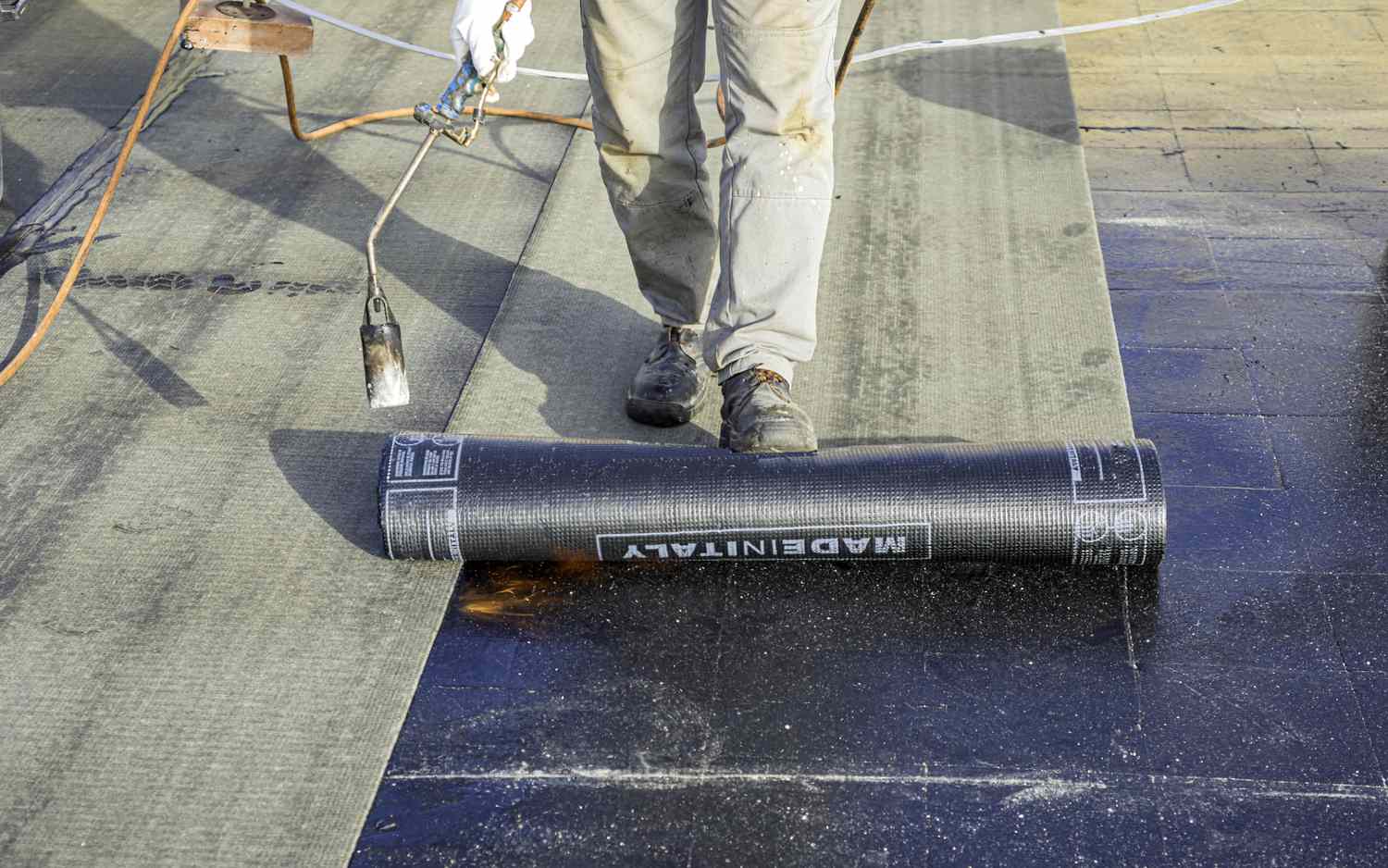
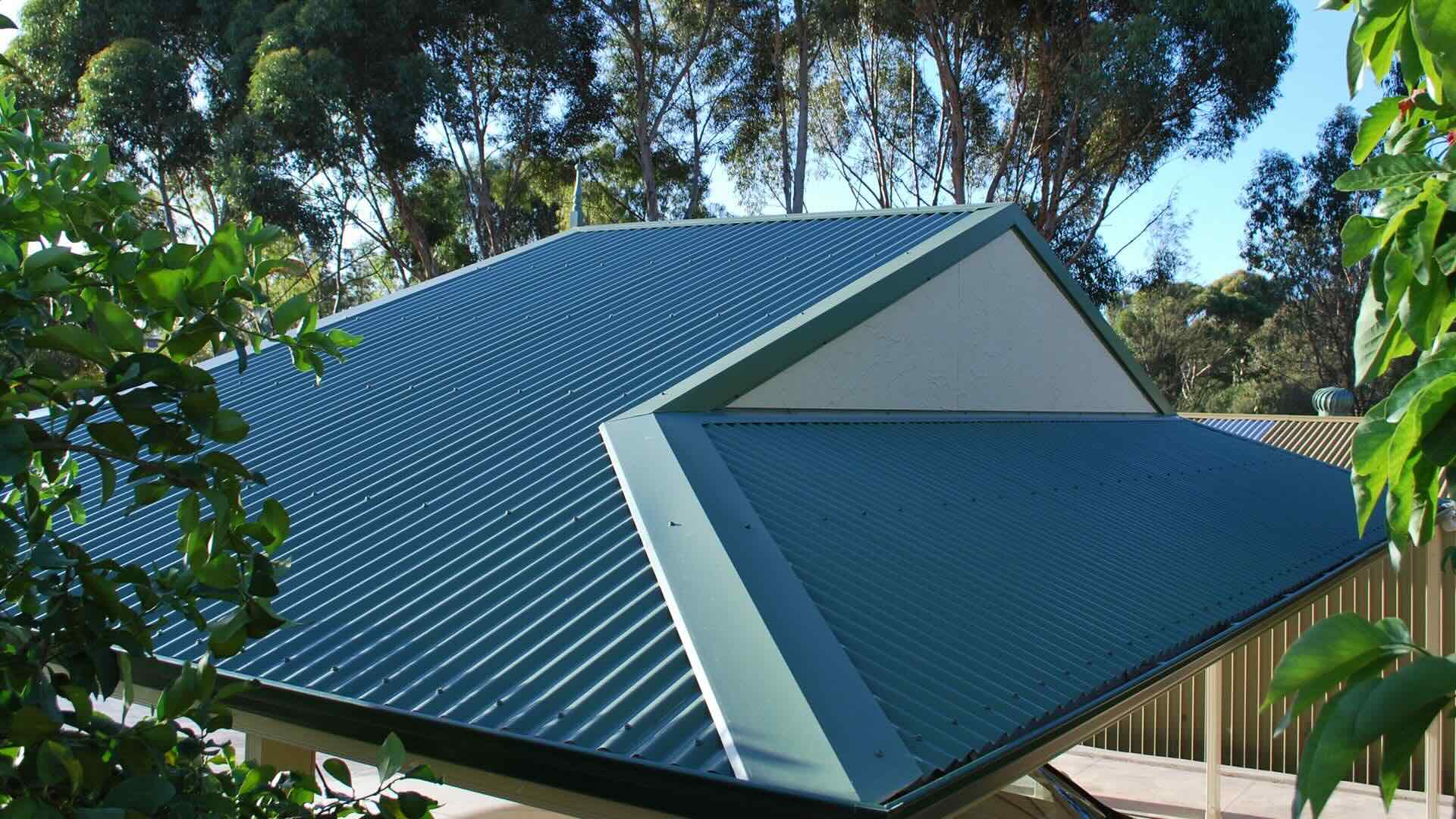
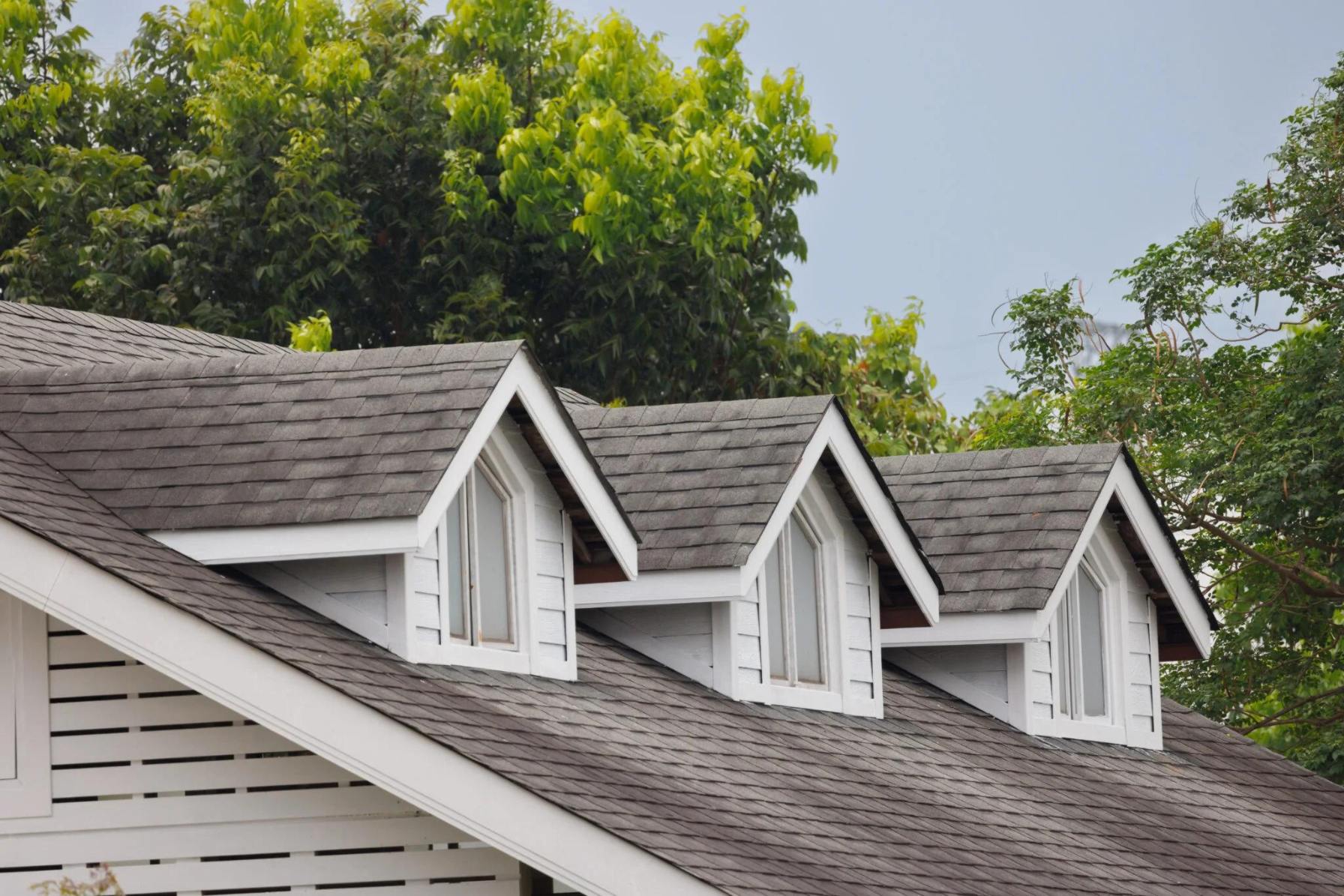
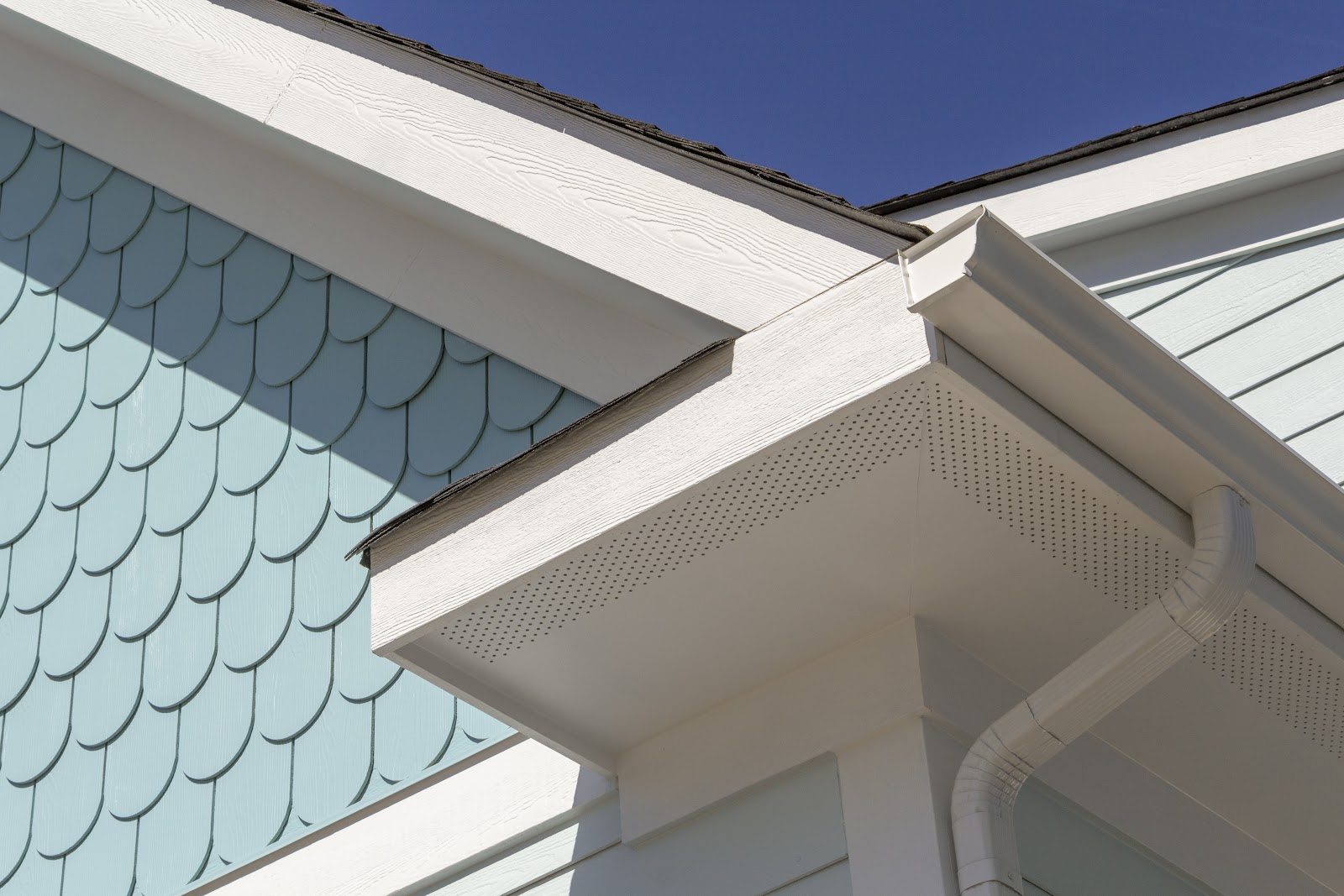
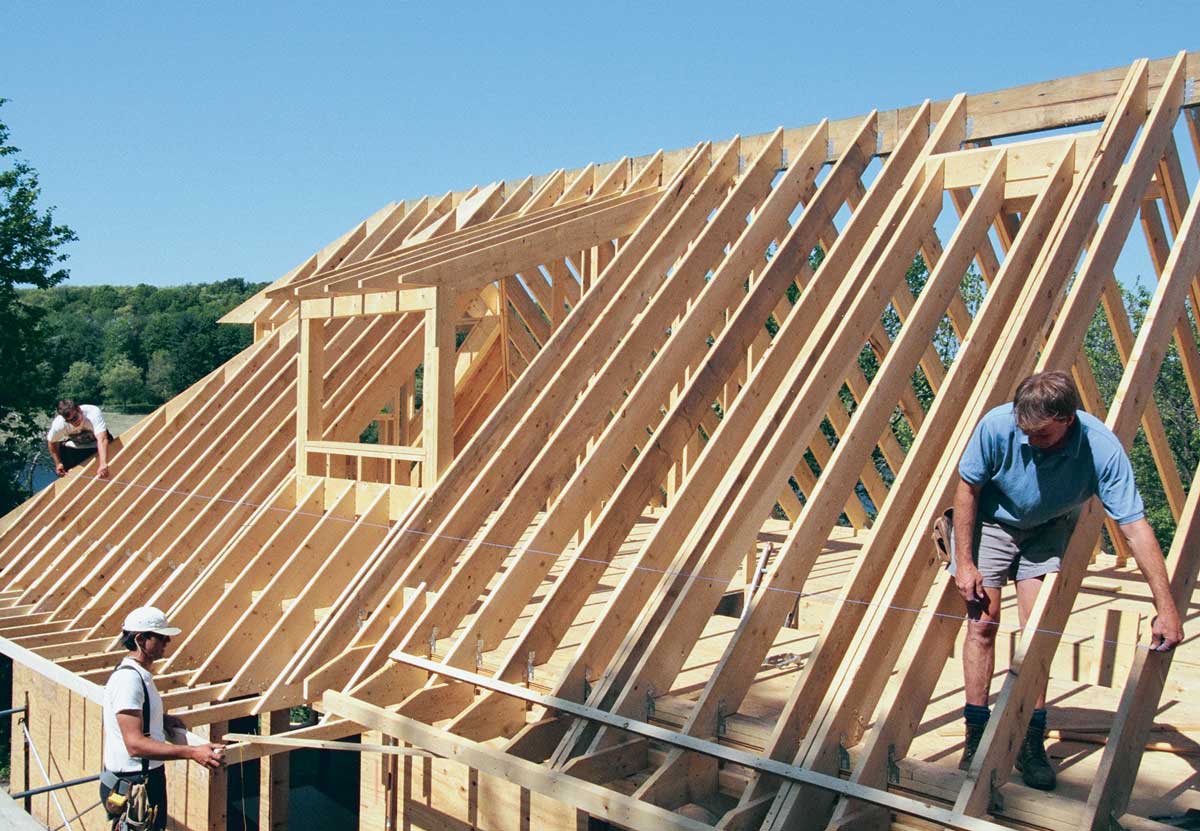
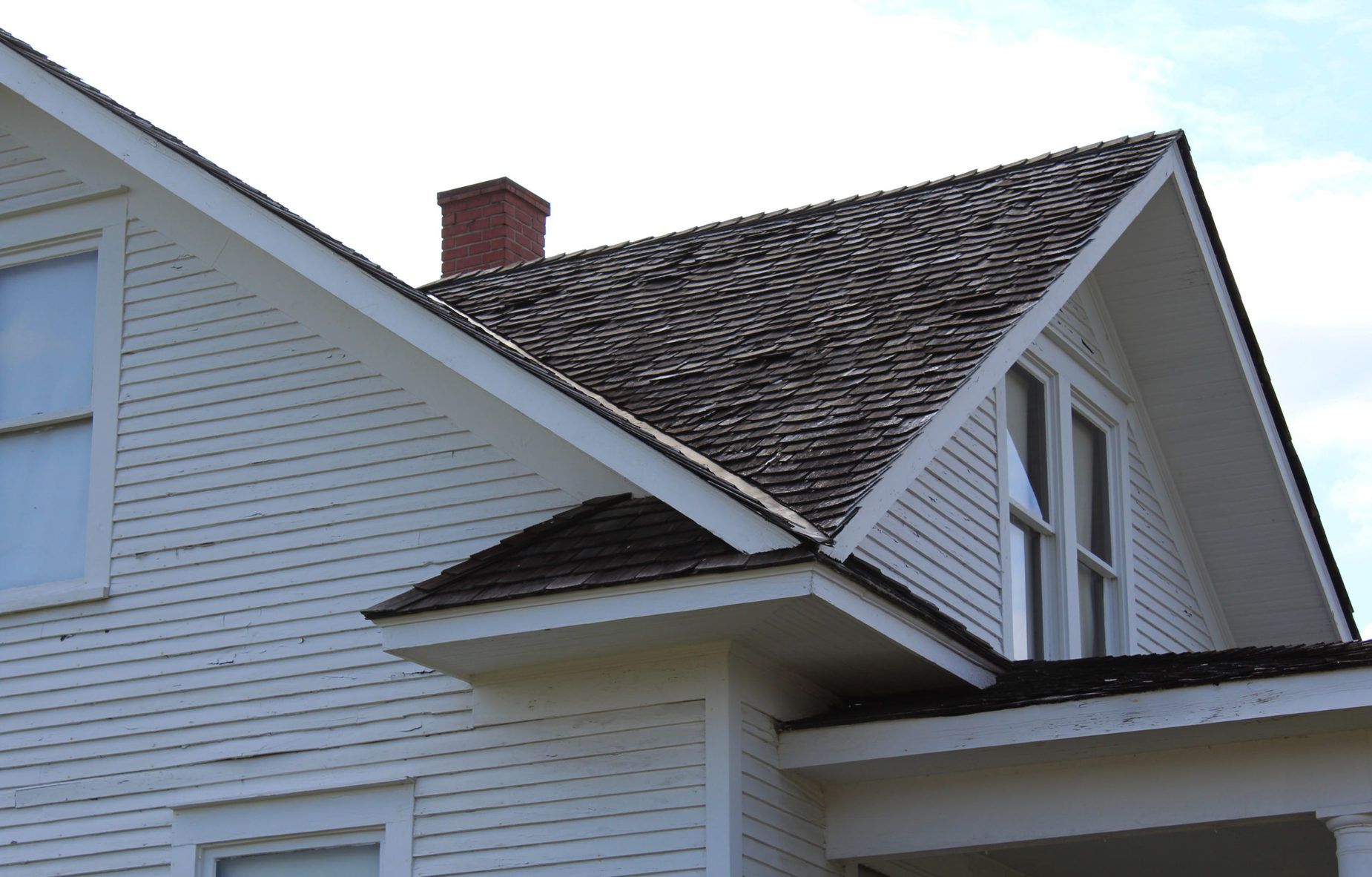
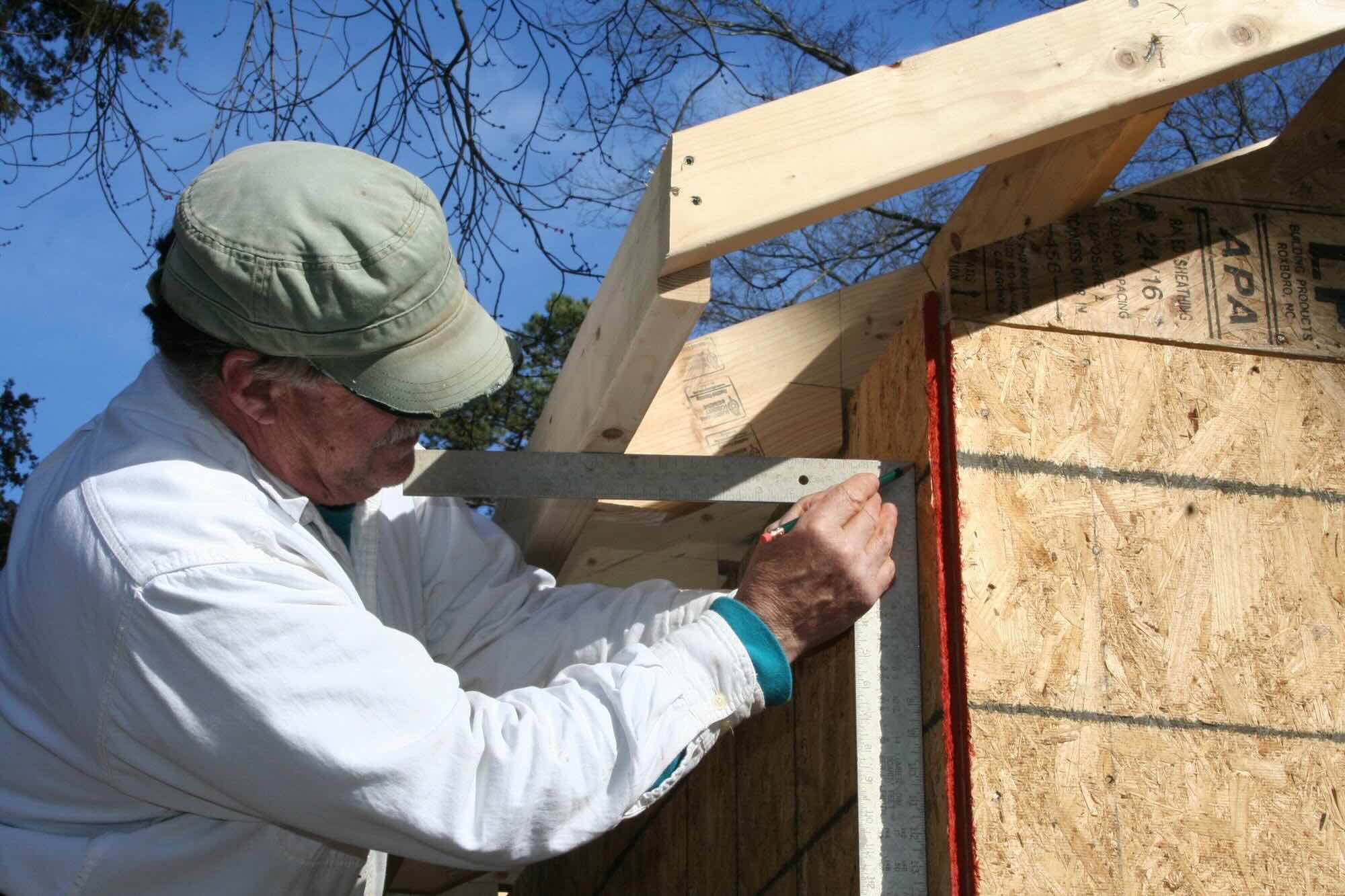
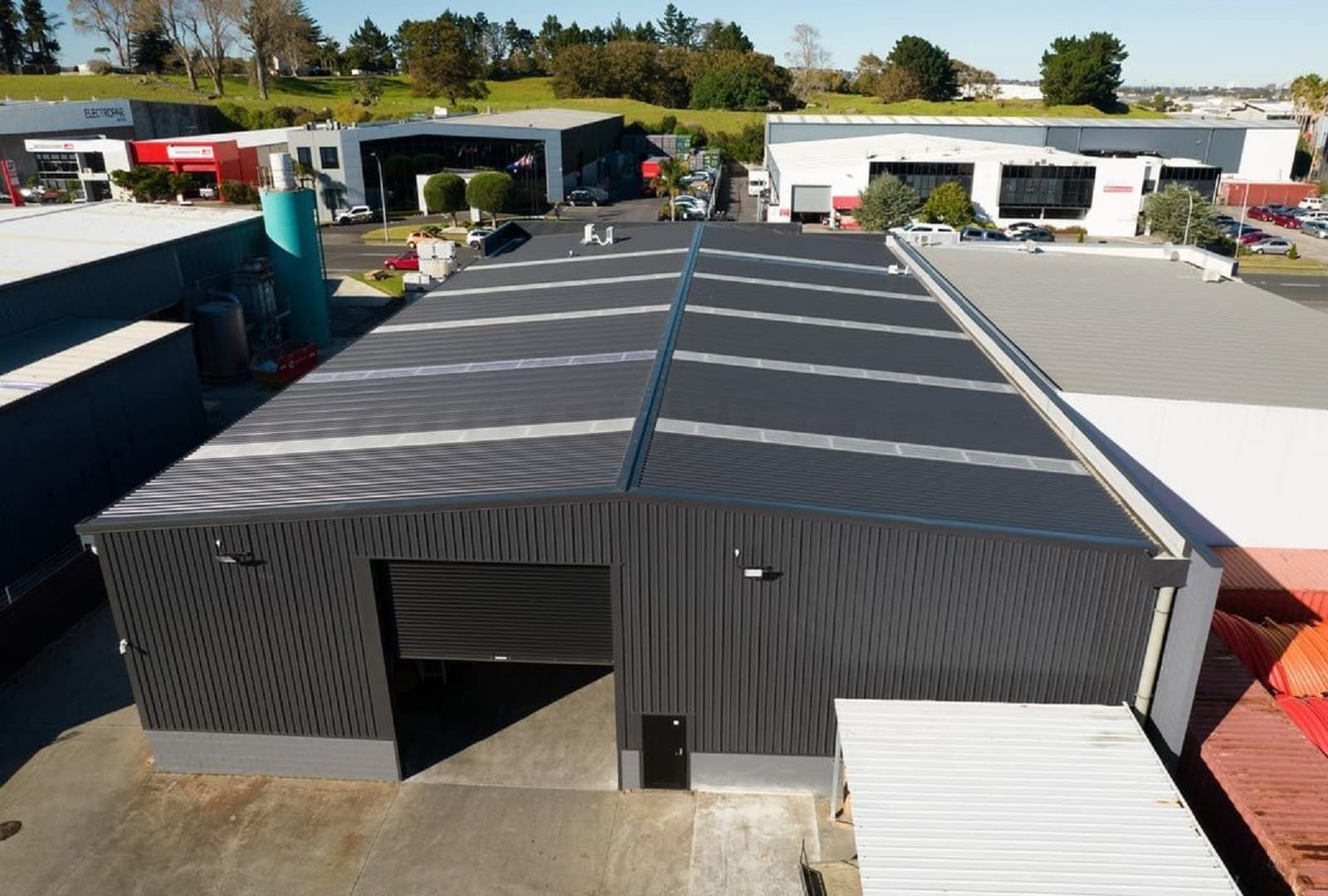
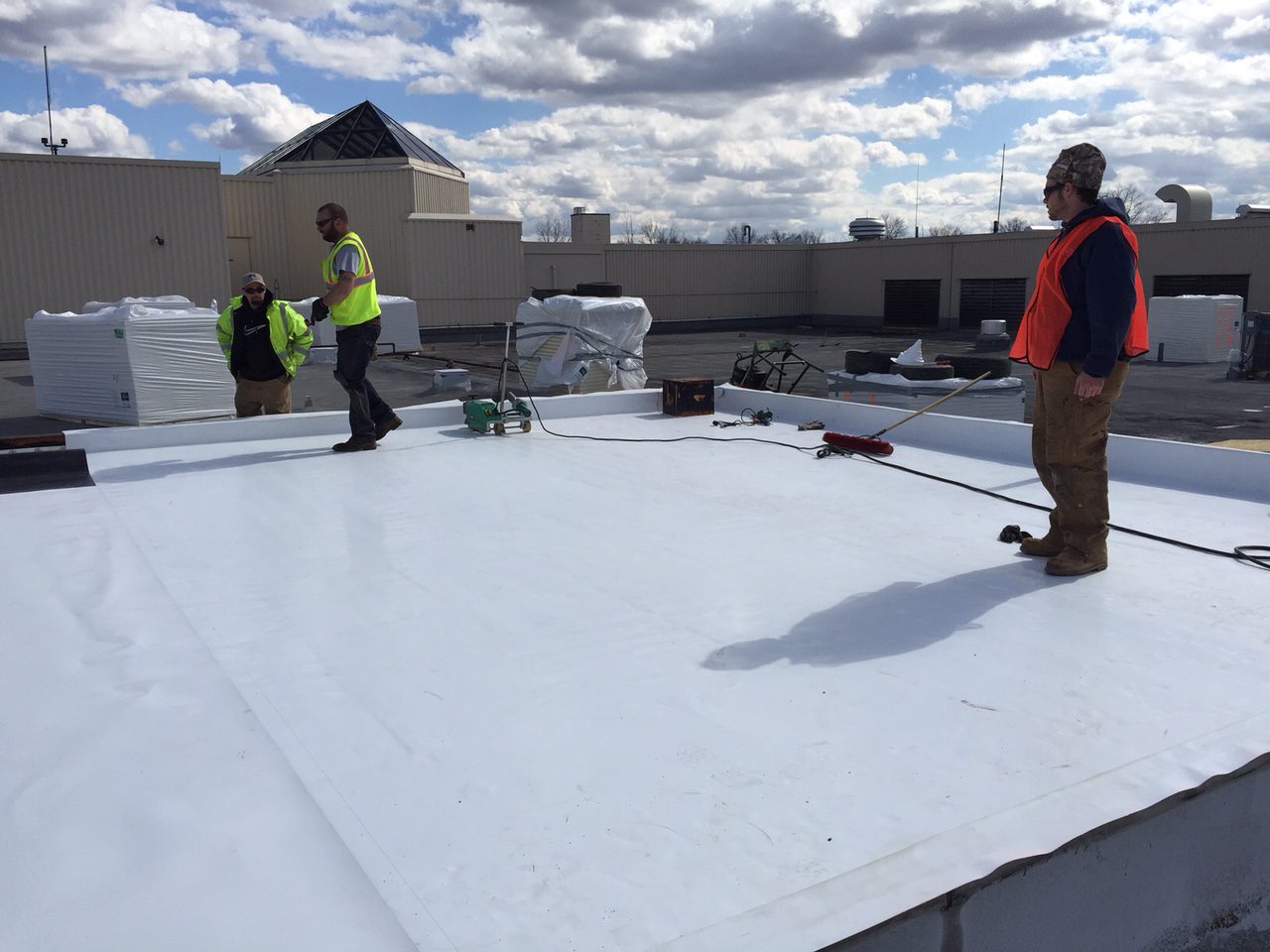
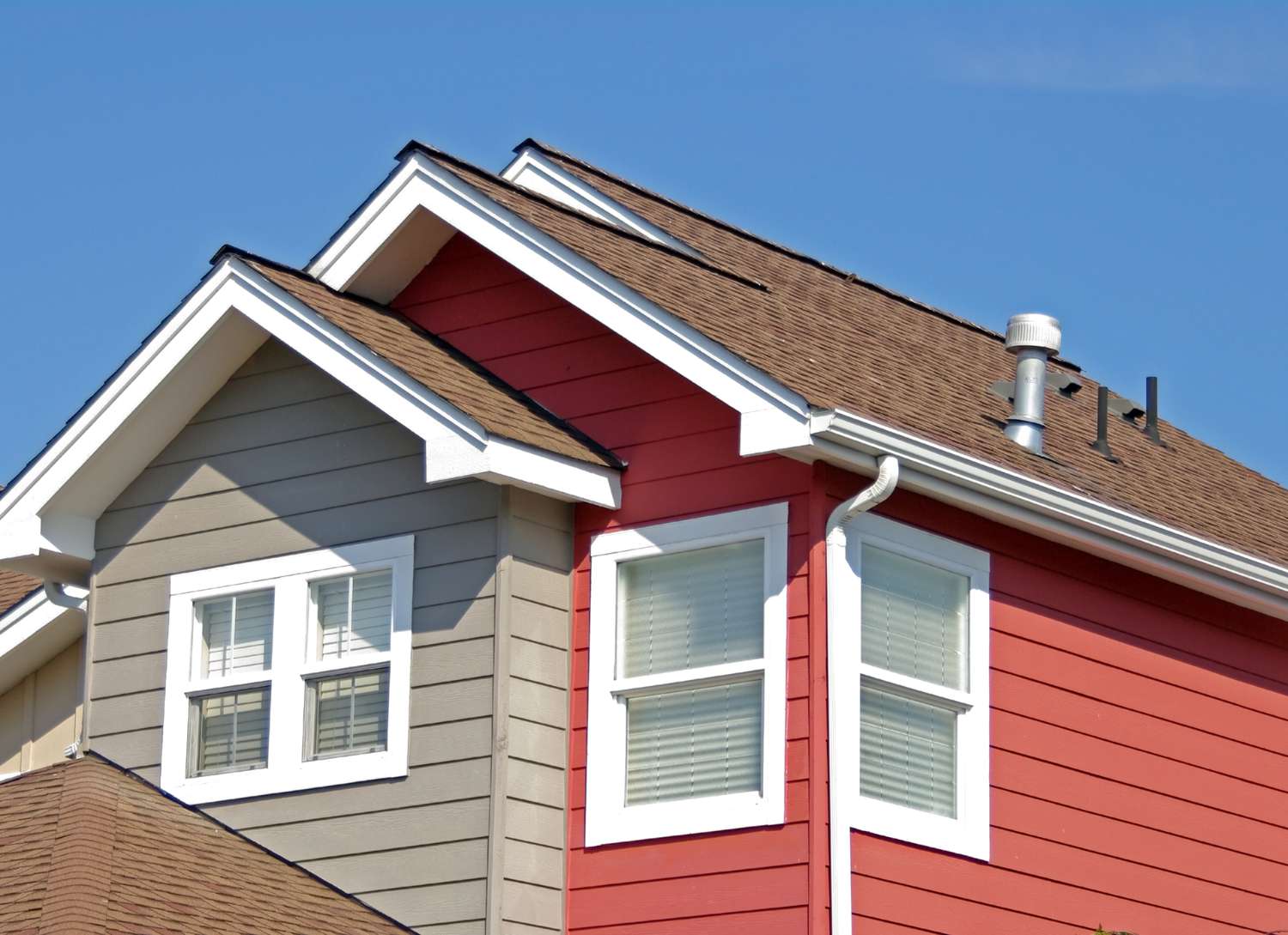
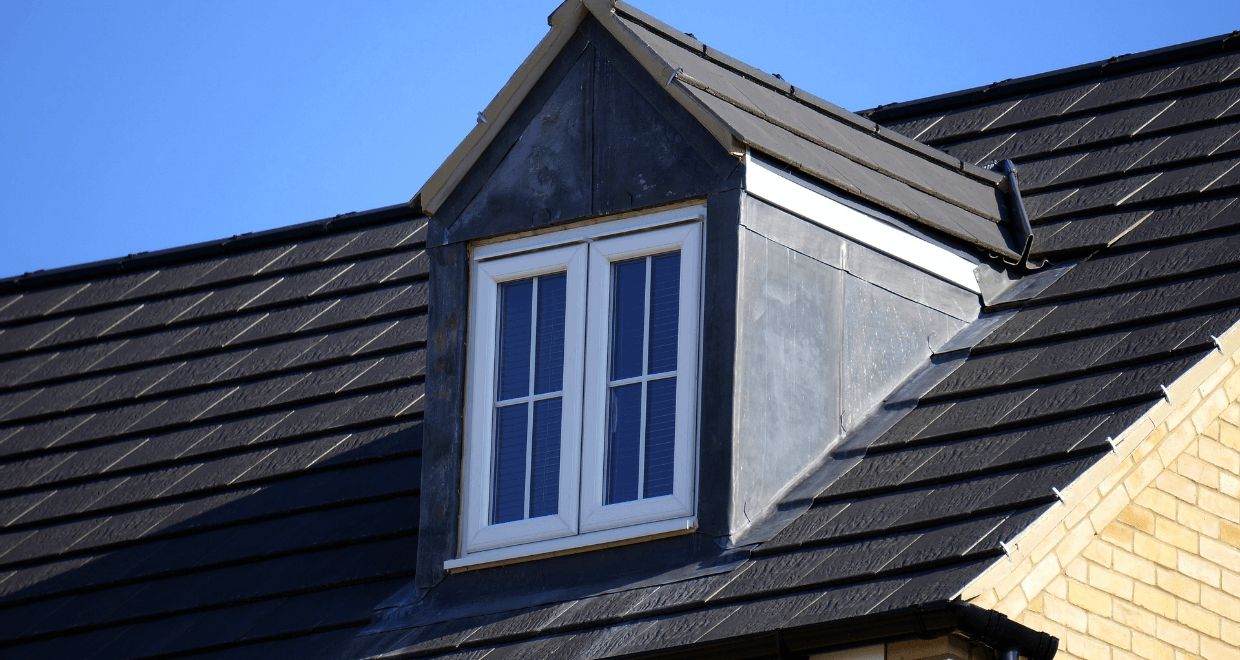
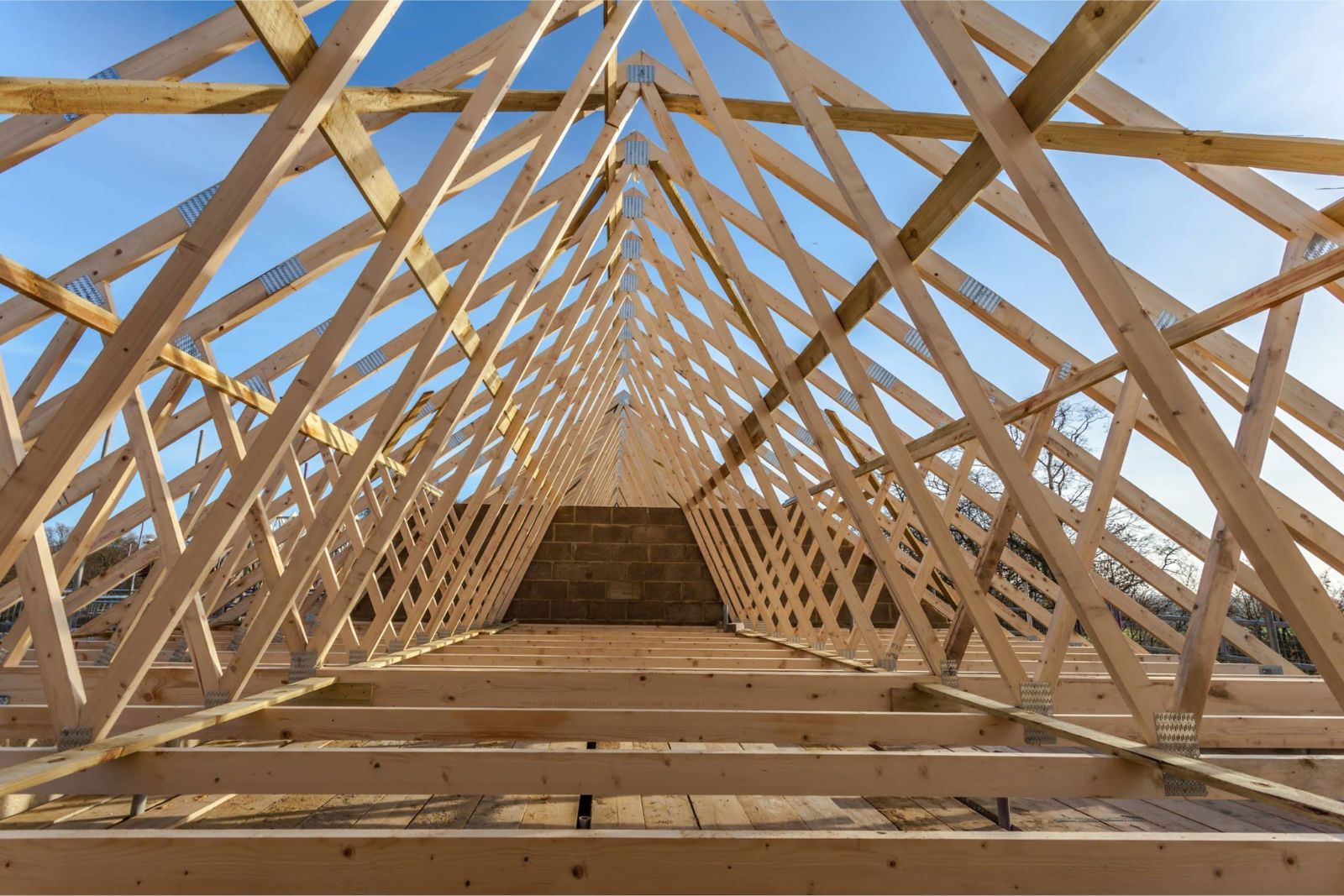
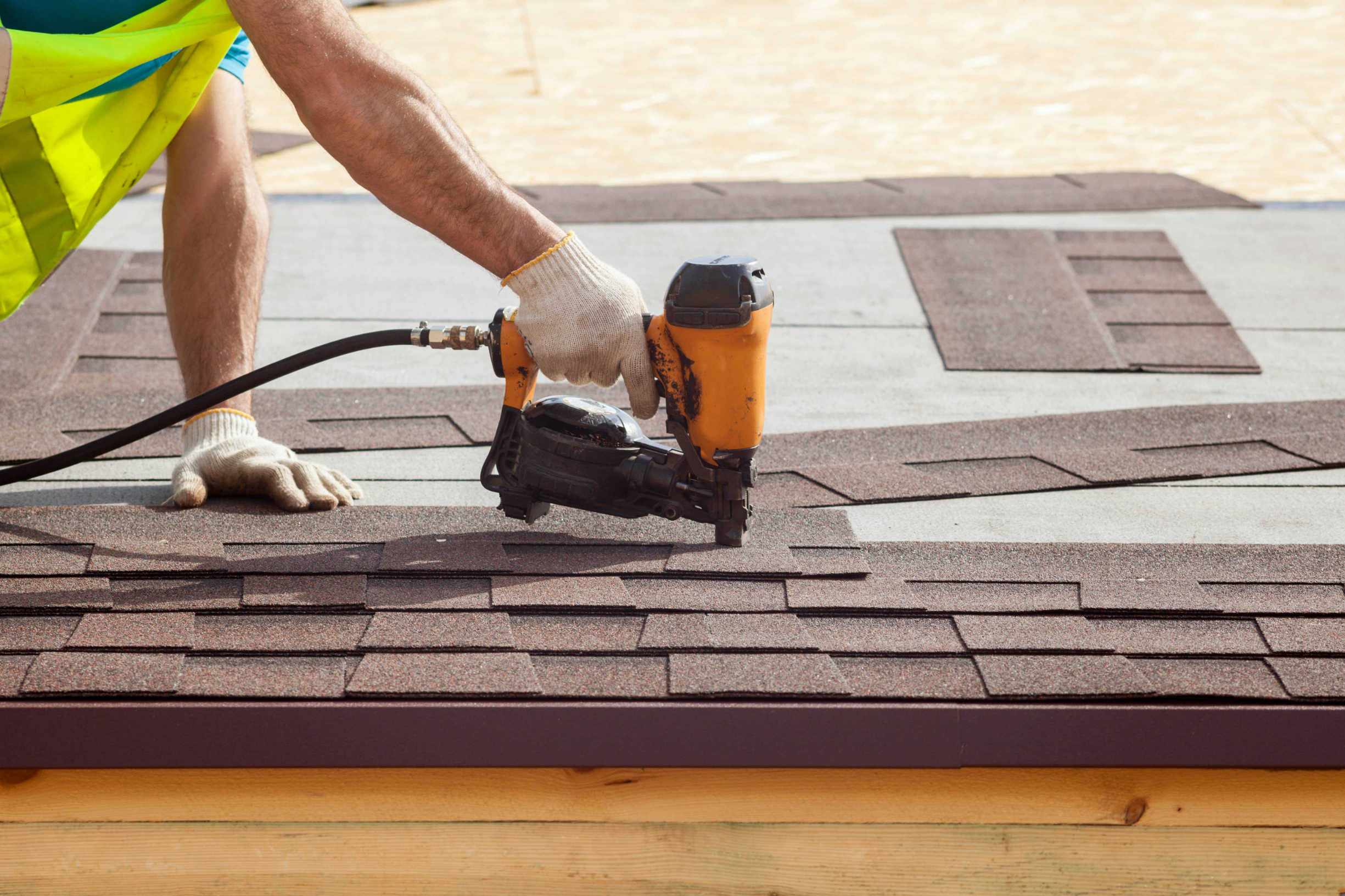

0 thoughts on “What Is A Roof Purlin”